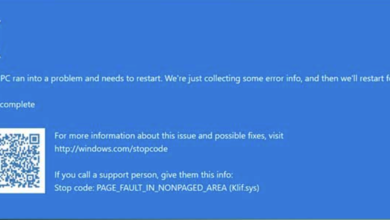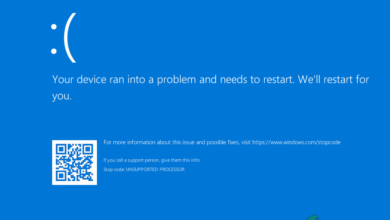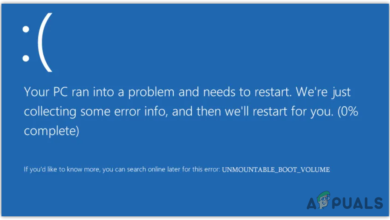How to Fix ‘wmiacpi.sys’ Blue Screen of Death on Windows?
When encountering the wmiacpi.sys Blue Screen of Death (BSOD), users can face a critical system crash that leads to their computer unexpectedly restarting or shutting down. This issue often arises during computer use, especially when performing operations that demand significant system resources or when utilizing specific hardware peripherals.
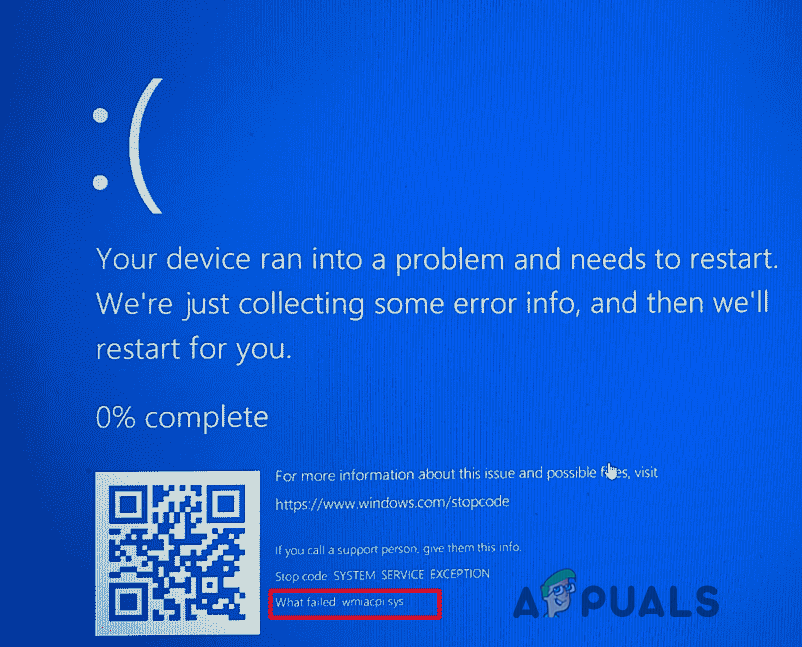
The primary cause of this error is related to the wmiacpi.sys driver, which is integral to the Windows Management Interface for ACPI (Advanced Configuration and Power Interface). Acting as a facilitator for power management and configuration settings within Windows operating systems, issues with this driver can lead to system instability.
Additional causes for the wmiacpi.sys BSOD include outdated or corrupted system drivers, hardware conflicts, and problems with the computer’s memory or power supply. Due to the technical nature of this error, it can originate from complex interactions among hardware and software components within the system.
This article discusses several methods to resolve this issue.
1. Uninstall Lenovo Vantage (Lenovo Computers Only)
The Vantage app, which uses the wmiacpi.sys file to enhance battery services, may cause a BSOD when running or operating in the background. If you encounter this issue, consider uninstalling the app. Alternatively, if you prefer to keep the app, check for updates and upgrade to the latest version, as this may resolve the error.
- Press Windows + R, type the command below, and press Enter:
appwiz.cpl

- In the Programs and Features window, find Lenovo Vantage and Lenovo Vantage Services, right-click them, and select Uninstall.
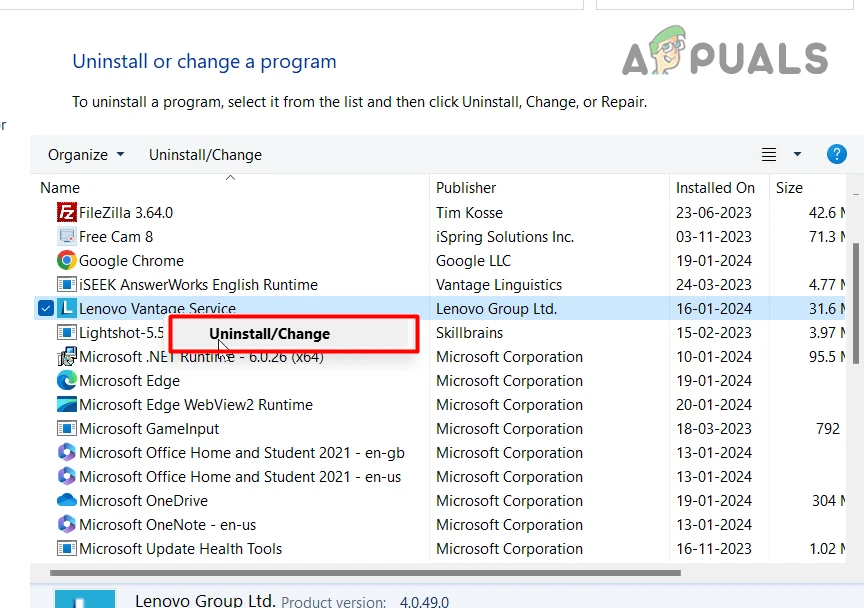
- In the confirmation dialog, click Yes, and follow the instructions on the screen.
- Restart your computer and check if the BSOD persists.
2. Check System Files
The wmiacpi.sys is a system file that could trigger a BSOD if it is corrupted or missing. The System File Checker can inspect and fix any corrupted or missing files on your system, which may address the issue.
- Open the Search bar, enter cmd, right-click on Command Prompt, and choose Run as administrator.
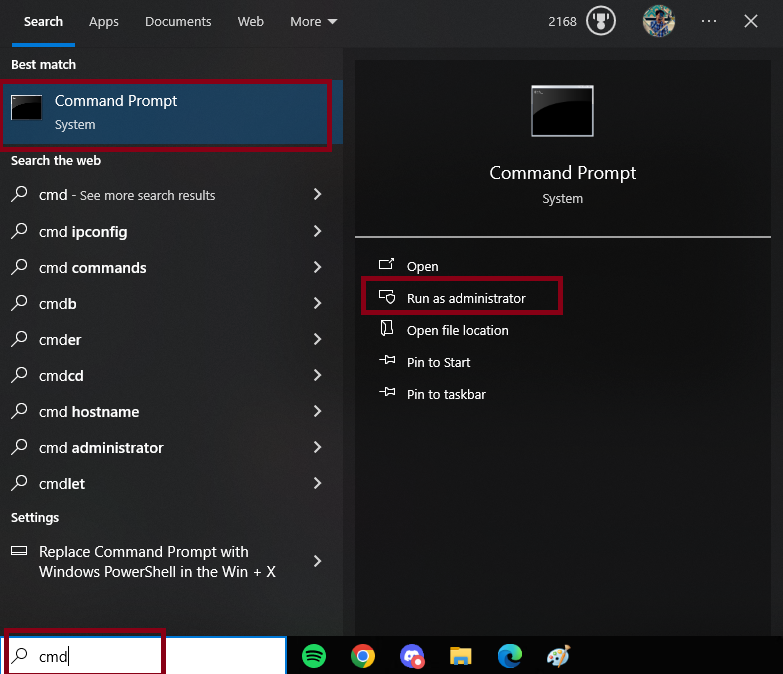
- Enter the following command in the Command Prompt and hit Enter:
sfc /scannow
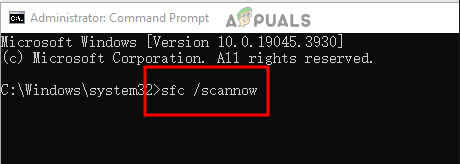
- After completion, restart your PC.
3. Check for Windows Updates
Running an outdated version of Windows can lead to the Blue Screen of Death. Ensure that you are using the latest version of Windows by checking for updates and applying any available patches.
- Press the Windows key, type Check for updates, and open the settings.
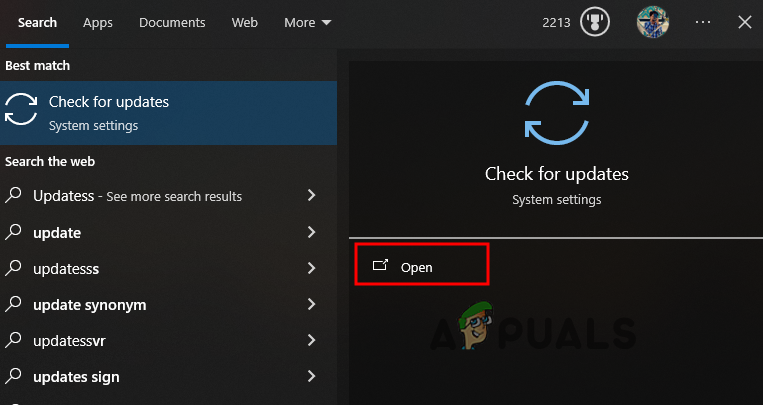
- Select Check for updates.
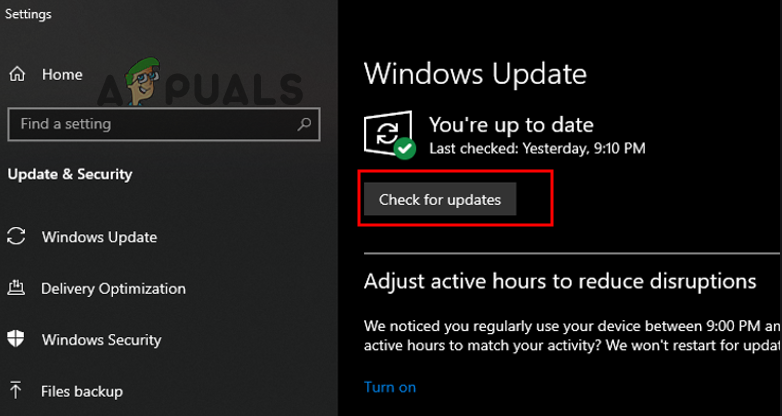
- Install any available updates, and restart your computer thereafter to see if this resolves the problem.
4. Scan for Malware
Viruses and malware can disrupt system files, leading to a BSOD. Conduct a scan using your antivirus software to identify and eliminate any malicious software.
- Type Virus & threat protection into the Search bar and access the feature.
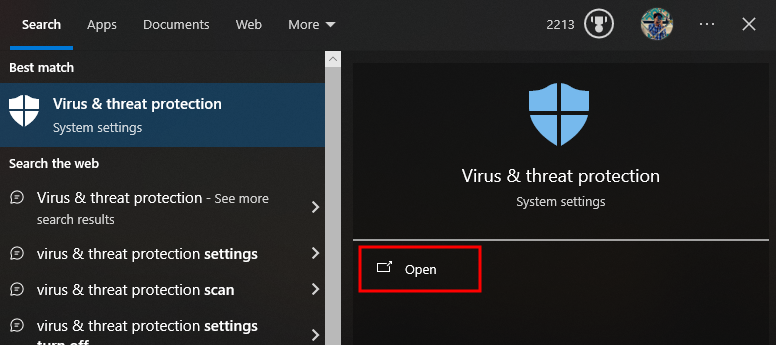
- Opt for Scan options.
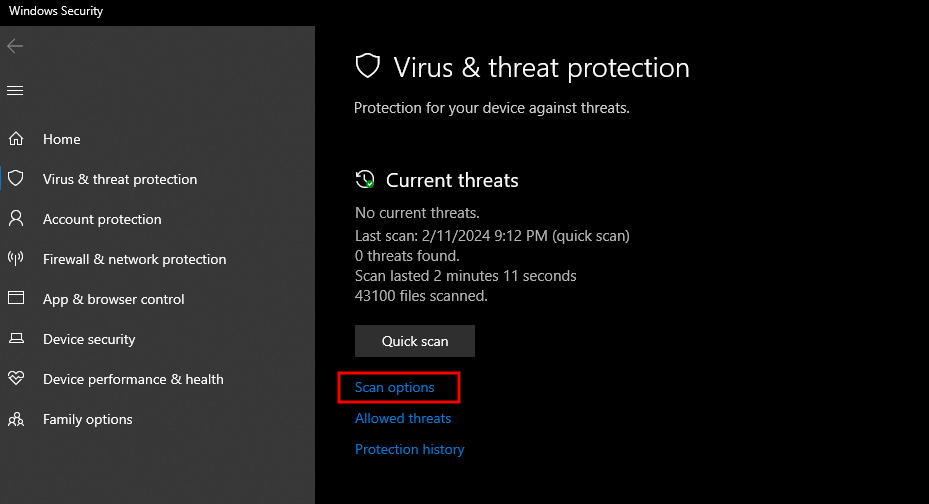
- Choose Full scan and initiate the scan by clicking on Scan now.
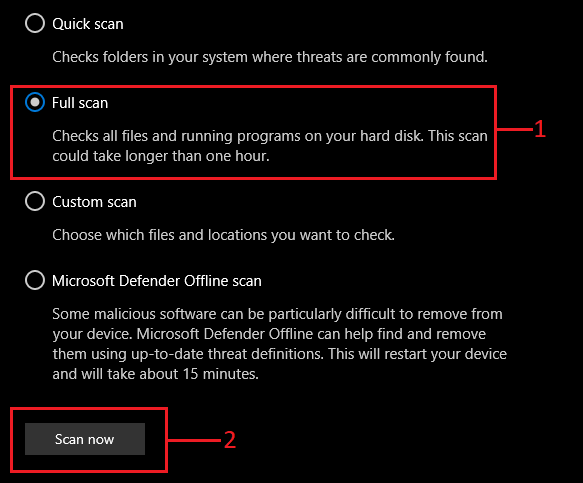
5. Update Drivers
Outdated drivers may contribute to system instability that results in a BSOD. It’s worth checking whether updating drivers resolves the issue.
- Use the Search box to find and open the Device Manager.
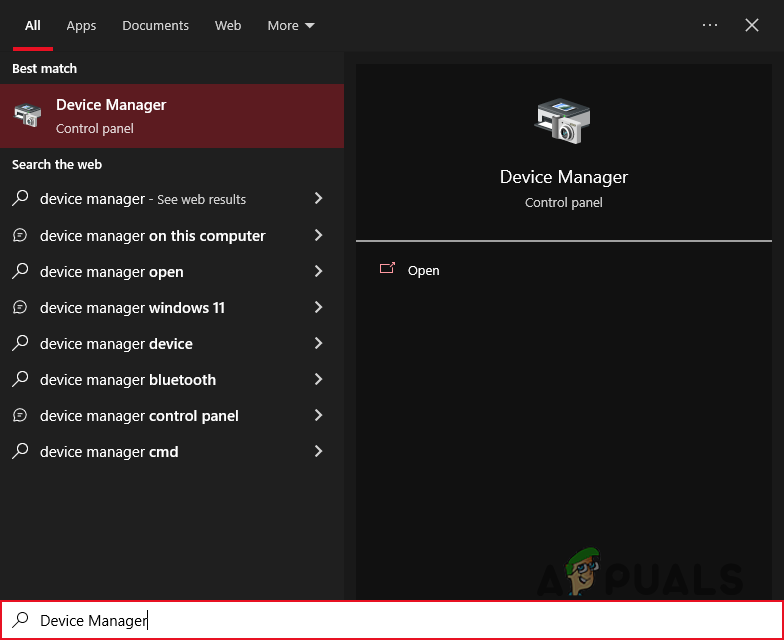
- Right-click on each device and select Update Driver.
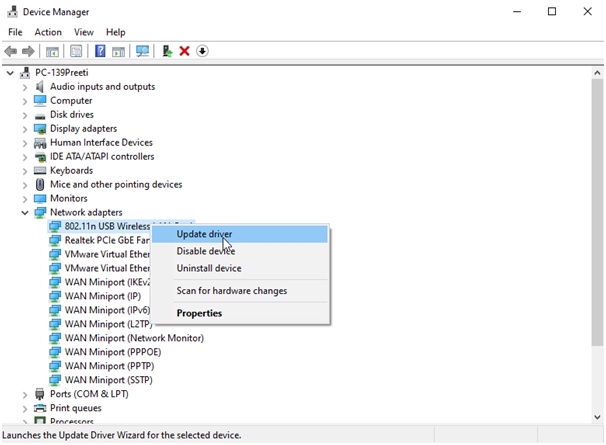
- Complete the update process as per the on-screen instructions.
Alternatively, you may use third-party driver update software. For more details, see our article on the best driver updater software.
6. Perform a Clean Boot
Performing a clean boot starts your PC with only the necessary services and programs required for Windows to run. This can help in isolating and resolving the BSOD issue.
- Press Windows + R, type msconfig, and hit Enter.
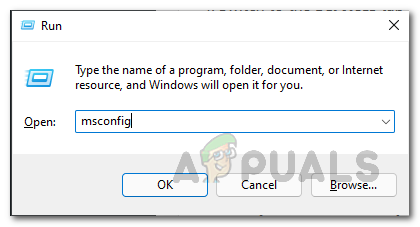
Opening System Configuration - Under the Services tab, check Hide all Microsoft Services, click Disable all, and confirm with OK.
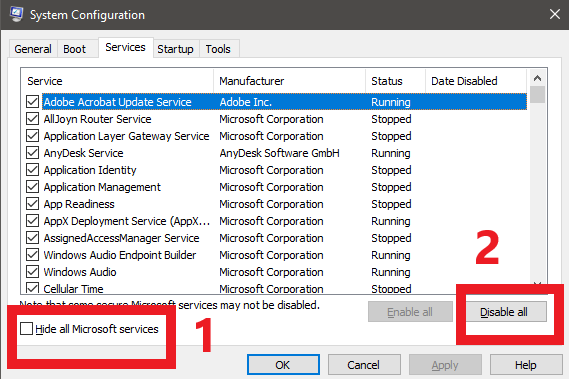
- Right-click on the Windows icon and select Task Manager.
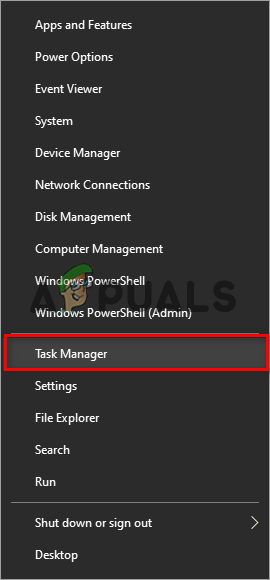
- In Task Manager, go to the Startup tab and disable programs with a High impact.
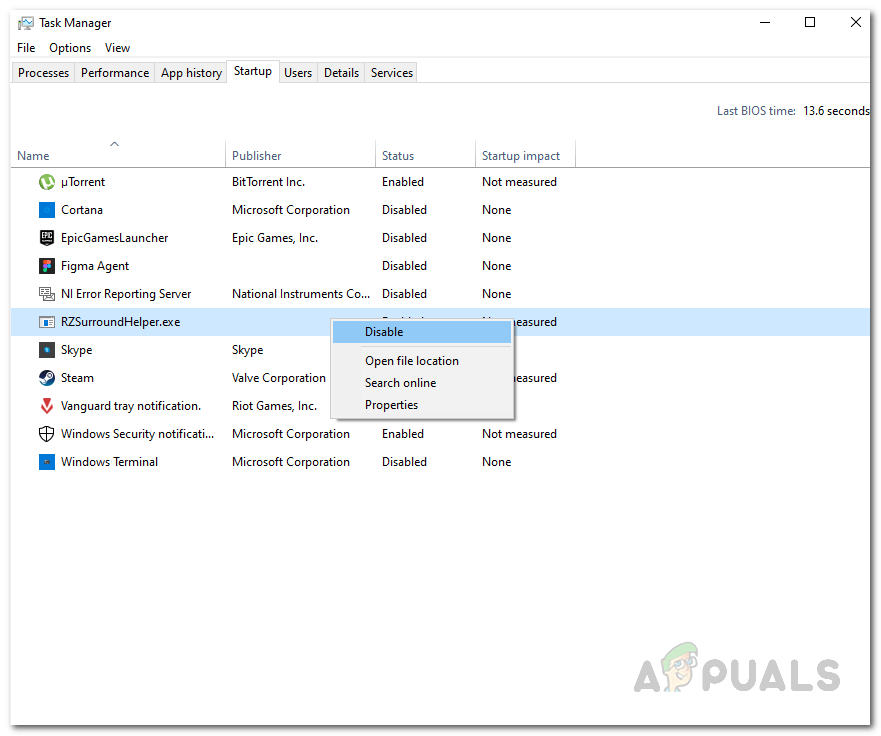
Disabling Startup Apps in Task Manager - Restart your computer to determine if the issue has been resolved.
7. Reset Windows
If none of the above measures work, consider resetting Windows. This action will reinstall Windows, remove all third-party applications, and provide a fresh starting point without deleting your data files.
For detailed instructions on how to reset Windows, please refer to our article here.
